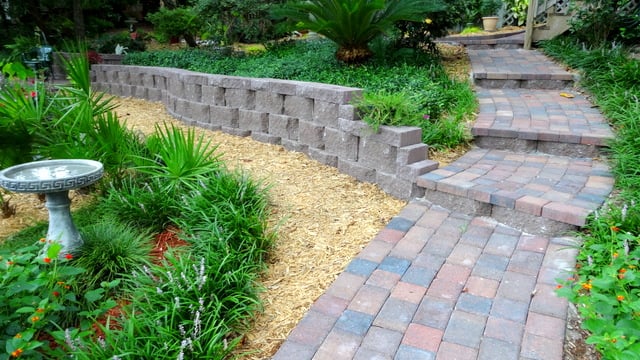
Retaining walls were first used for the simple and necessary task of holding back earth. Erosion is a natural process, but when it means soil being washed off your property or worse, accumulating against the side of your home, a retaining wall can be an essential part of your landscaping. These walls are not only functional, though. A garden wall is a retaining wall meant for purely aesthetic uses, allowing a hill to be made to enclose a garden. Any of these walls can offer more usable surface area in a landscape design and are a terrific component to your home.
Retaining Wall Materials
Traditionally these walls were made from railroad ties and found stone. The land is dug back, the stones or wood placed as a wall, and land filled back in behind, creating two flat surfaces where there once was a hill. The process is no different today but the uses and materials have changed. While railroad ties, and now treated landscape timber, are still used, whenever you put wood directly against soil there is a great potential for rot if improperly installed or treated. Stone is still used, of course, and offers a more natural look—a classic look when installed properly by a stonemason. Brick can offer a more staid look, while concrete blocks are inexpensive and simple. Other options include masonry, poured concrete, and steel, but the choice of material has everything to do with what you plan to do in front of the wall.
For more on retaining wall block prices, consult our True Cost Guide.
Use of the Land
Retaining walls are most often still used to simply keep back or move earth. This often means leaving the land as cut grass, offering more usable yard for the property. This decision leaves the walls exposed, though, which places a lot of importance on the look of those walls. A cheap masonry job will become an eyesore, a concrete flat wall will look industrial, while a quarried stone retaining wall will become something you want to show off. The purposes of these walls vary. If it is to retain earth or create more yard space, you will want to match the design to your home’s exterior design. And if it is to create a layered landscaped look, then it is less about the walls and more about the landscaping design put in after the installation.
Garden Walls
A garden wall is a type of retaining wall that encloses a garden. Also called a screen wall, it is often used as a device to create a tiered or terraced garden. A garden wall is not a structure that is designed to hold the weight of soil. This can be an elegant addition to any home design, creating a wall of flowers and shrubbery where there was once just a hill of hard-to-mow, hard-to-grow grass. Next to a pool or patio it might brighten your summer days. For a home’s garden window, it can even make a tremendous difference in the everyday feel of your home.
When looking into the type of retaining wall you want, be sure to also consider environmental concerns. Railroad ties and treated timber have fallen out of favor due to the chemicals used, while flat concrete walls do not allow proper drainage. More common now because of its mix of look, cost, and environment-friendliness, is the segmental retaining wall, or retaining wall blocks. These concrete slabs are pre-made to create a specific design feel while also allowing for drainage. Whatever materials you choose, a retaining wall will offer you more use of your land with the added benefit of creating a unique and elegant look to your landscape design.
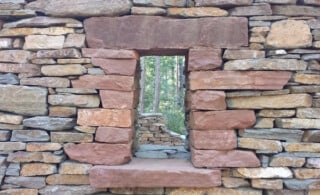 Dry Stack Stone Walls Create a Rustic Look for Your Yard or Garden
Dry Stack Stone Walls Create a Rustic Look for Your Yard or Garden 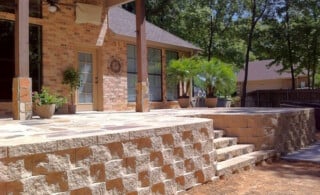 Enhance Your Landscaping with a Keystone Retaining Wall
Enhance Your Landscaping with a Keystone Retaining Wall 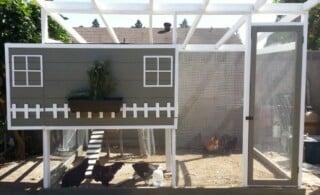 Raising Chickens at Home
Raising Chickens at Home 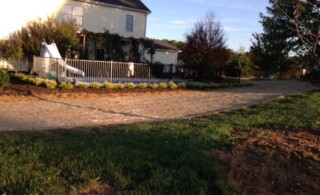 Test Your Lawn Before You Fertilize
Test Your Lawn Before You Fertilize  Wood Veneer: An Upside to Being Shallow
Wood Veneer: An Upside to Being Shallow 

It sounds like if you don’t want an eye sore in your yard then you’d better be willing to pay for good services. I’m moving into a house that has a hill in the backyard. I’m assuming that it would be a good idea to hire a professional to build a retaining wall.
My wife and I are looking for some new projects to undertake this summer. This post was very insightful, especially the information on garden walls. We have a garden area in our backyard, and I like the idea of transforming it into a tiered garden. Thanks for sharing this post with us!
I knew nothing about retaining walls before reading this article. I like how you explained that retaining walls can protect your landscape and prevent erosion. I hope that this article can help to protect our home landscape.
I did not know that retaining walls were traditionally made from railroad ties and found stone. I love the look of retaining walls and have been thinking of putting one in my backyard for a while now. I like the look of bricks the best, so I would probably try and do something with that style.
We have stream bank erosion on a little runoff creek in our back yard. Looking for estimate to correct the issue. Plan will need Corp of Engineer approval.
In relation to retaining walls, I have one in my front yard, one foot in height. How can I find an engineer for approval?